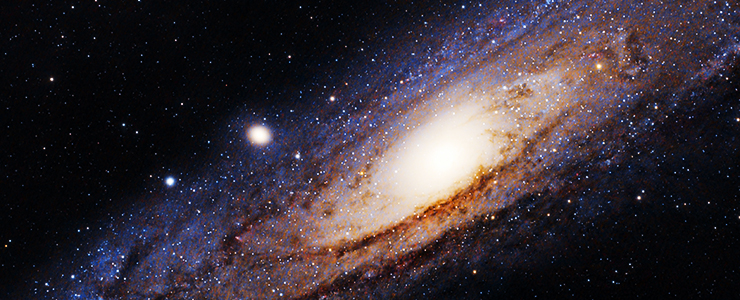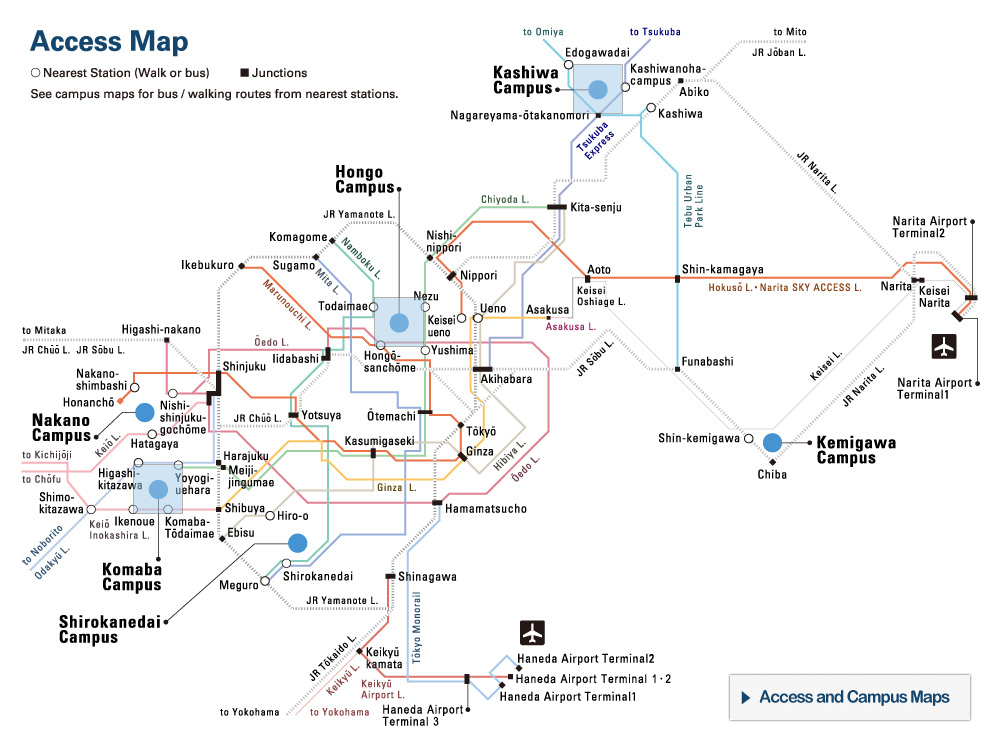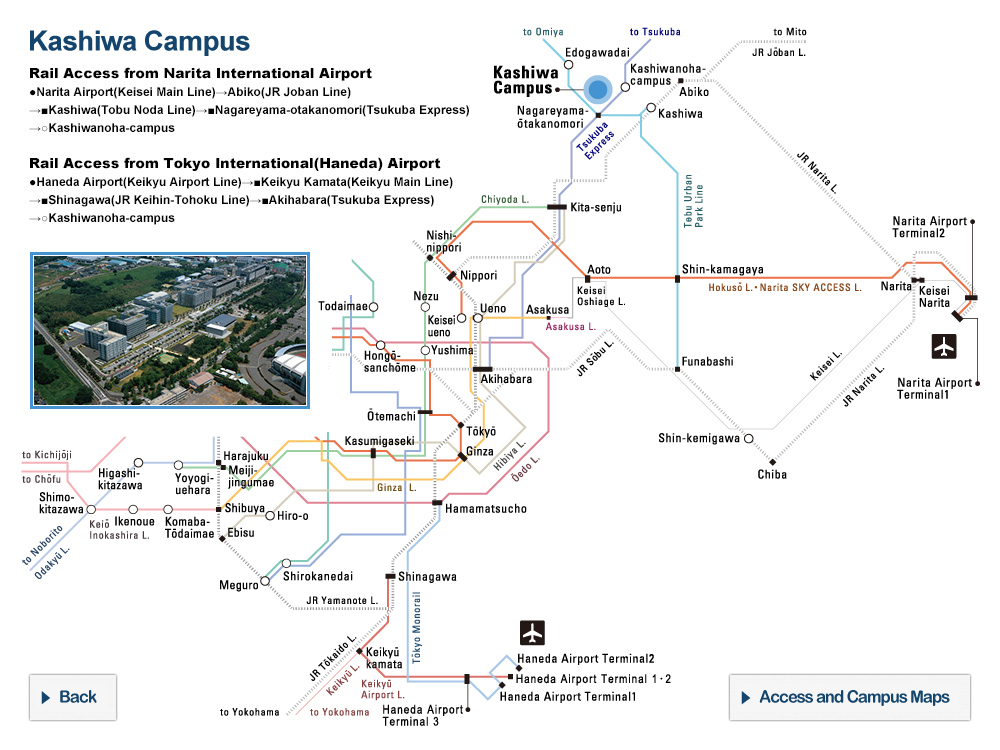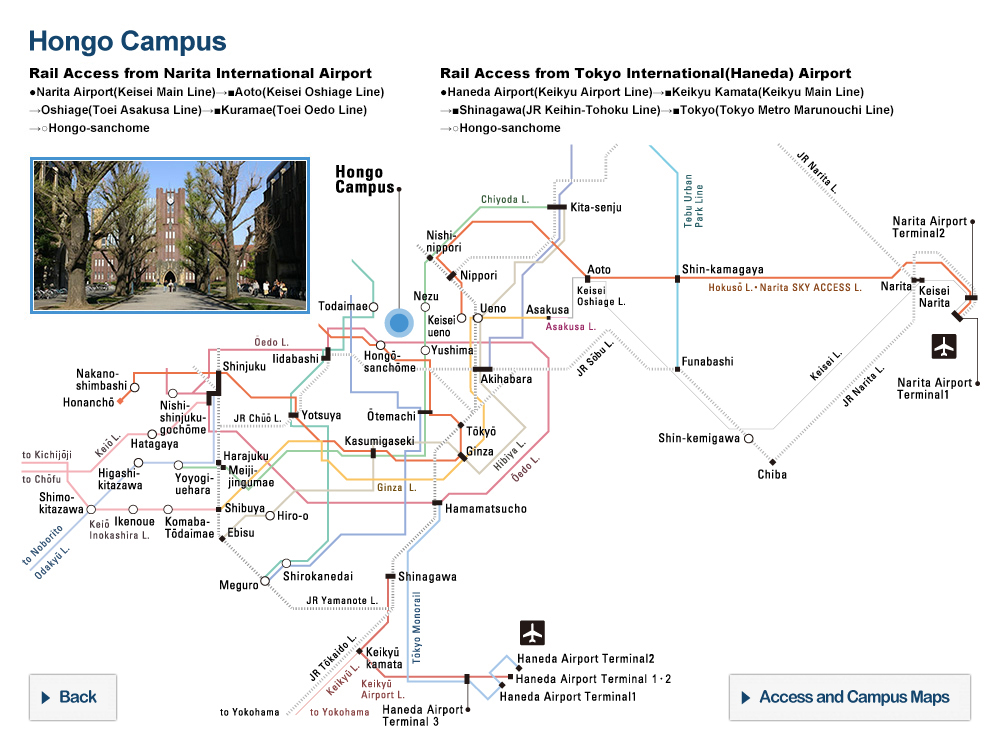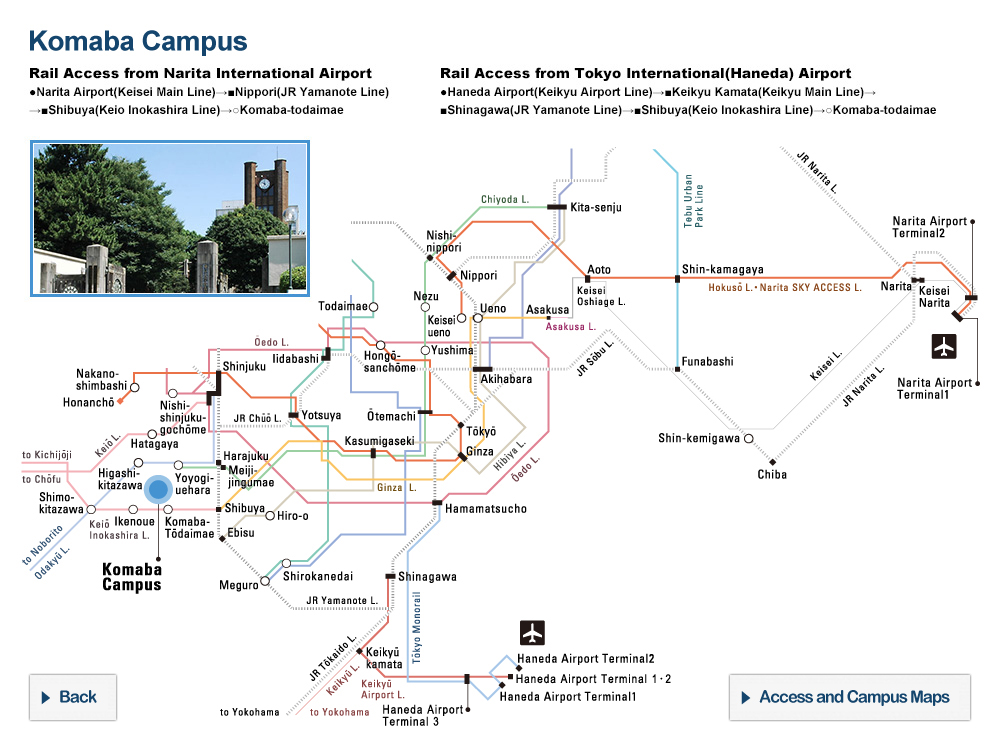New developments in AI through study of evolution of the Milky Way from initial quantum fluctuations to its assembly


- 2.1 Computing
- 3.2 Mathematical and physical sciences
Hitoshi Murayama
Institute for AI and Beyond
Professor
The universe has a vast hierarchical structure spanning from suns, galaxies, clusters of galaxies, to web-like structures (large-scale structures) seen via galaxy distribution. These cosmic structures are believed to have formed in a most intriguing and mysterious scenario. At the very beginning of the universe, when the universe was no bigger than a bacterium, “quantum fluctuations” predicted by the uncertainty principle of quantum theory were stretched out by a rapid expansion called “inflation,” an accelerating cosmic explosion, to generate the seeds of cosmic structures. Then, the gravitational force of mysterious “dark matter” amplifies the primordial seeds fluctuations, driving cosmic structure formation. In this process small-scale structures such as stars or small galaxies first form in places where dark matter clusters and then larger-scale cosmic structures hierarchically form as a result of mergers and accretions of smaller structures. In the “recent” (about 7 billion years ago) universe, another accelerated expansion began due to another mysterious component, “dark energy”, which has hindered the growth of cosmic structures in the late universe. By applying machine learning and AI methods to astronomical big data such as those taken by the Subaru Telescope and other telescopes, our research aims to reveal the origins of cosmic structures of the universe ranging from the Milky Way we live in to large-scale structures, and to unveil the nature of dark matter and dark energy.
Related links
Research collaborators
SoftBank
Contact
- Institute for AI and Beyond
- Email: info[at]beyondai.jp
※[at]=@


